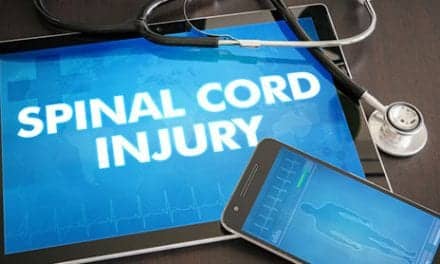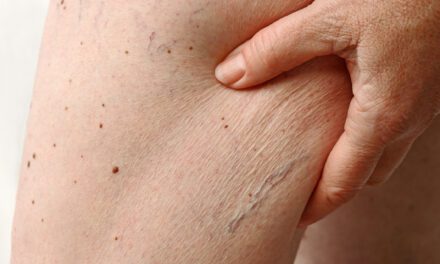Studies presented during Neuroscience 2017 illustrate the advances in biomedical engineering that have led to the development of interfaces between prosthetic devices, the nervous system, and human tissue that are enhancing the effectiveness of biomedical devices.
Neuroscience 2017 is the annual meeting of the Society for Neuroscience.
A media release from the Society for Neuroscience highlights findings from the studies presented during the meeting:
1) Neural signals from an extracted rodent spinal cord can control cultured muscle fibers in a petri dish, providing a new technique for studying how the nervous system directs movement (lead author Collin Kaufman).
2) A tetraplegic patient can learn to adapt neural activity to maintain control of a brain-machine interface in the face of technical challenges (Lead author Sofia Sakellaridi).
3) Restoring sense of touch through an amputee’s prosthetic hand improves motor skills, reduces phantom pain, and provides a sense of hand ownership (Lead author Jacob Anthony George).
“Unlike many pharmacological or biologic therapies to help people with neurological injuries or disease, engineering solutions have the potential for immediate and sometimes dramatic restoration of function,” says Leigh Hochberg, moderator of a press conference held during the meeting.
“It is really exciting to see how the growth of fundamental neuroscience and neuroengineering research over many years is leading to the creation of technologies that will help to reduce the burden of neurological and psychiatric disease,” adds Hochberg, from Massachusetts General Hospital, Brown University, and the Providence VA Medical Center, and an expert in neurotechnologies, in the release.
[Source(s): Society for Neuroscience, EurekAlert]






Hi. It will work for the opposite side? I want to control the android mouse from my linux pc. I have a Samsung Dex and i want to swap just my HDMI port of my monitor (to the dex one) and use an application to control the Samsung Dex keyboard and mouse from my pc keyboard and mouse.It will be possible?
Hello Ilana: My best suggestion is to discuss this either with the manufacturer or an equipment dealer, or perhaps with a therapist if you are working with one currently. Good luck!
—Ed.